
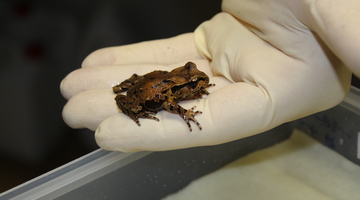
New Zealand has 4 species of native frogs that are all endemic. All 4 are threatened with extinction. A major focus of the amphibian research at the University of Otago is how to save these ...
READ MORE
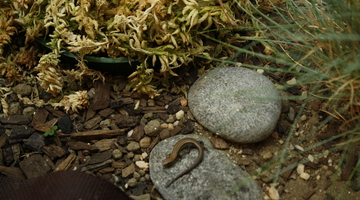
While employed as a postdoctoral research fellow at the University of Otago, Dr Kelly Hare looked at how captive management regimes could influence the health of individual skinks to promote more ...
READ MORE

Lorraine Dixon (who works for the Waahi Whaanui Trust) helped to develop the Ake Ake model – a teaching tool that helps hapū identify their needs, goals and aspirations. Cultural indicators can ...
READ MORE

Aotearoa New Zealand has one of the highest cat ownership rates in the world. Nearly 40% of households have at least one cat – for the most part, we’re fond of our cats. Unfortunately, domestic ...
READ MORE

Aotearoa New Zealand has a lot of cats! Forest & Bird reports we have: 1,134,000 companion cats 196,000 stray cats millions of feral cats – there’s no data on feral cat abundance but this is ...
READ MORE

Should cats be allowed to roam freely? It’s an emotive question with lots of underlying factors. For example, are we talking about cherished cats or feral cats – pets or pests? Does this matter ...
READ MORE
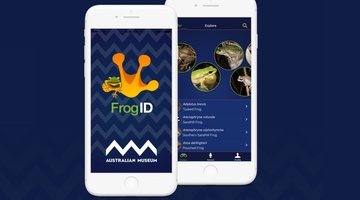
FrogID is an Australian app that uses audio of frogs’ unique calls to identify various species and their locations. We can use it in Aotearoa New Zealand to record the location of introduced ...
READ MORE

Be part of a worldwide movement and use Global Earth Challenge to submit or classify photos to help our planet’s environment and human health. Global Earth Challenge is a citizen science campaign ...
READ MORE
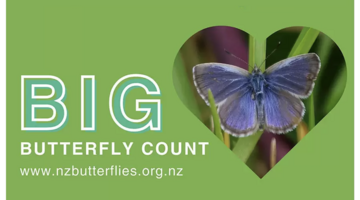
This New Zealand-based citizen science project collects data about butterflies in our gardens, schools, parks and farms – any location in the country or on the outer islands. This annual event – ...
READ MORE
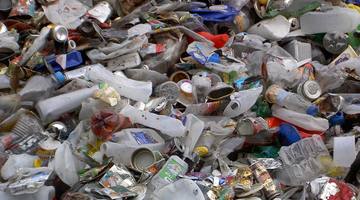
Below are links to Science Learning Hub resources for primary teachers related to recycling and biodegradability in the Material World strand of the New Zealand Curriculum. Recycling and ...
READ MORE
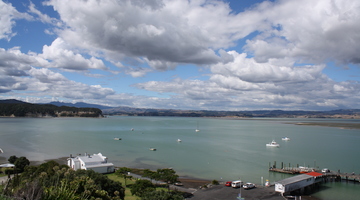
With 75% of New Zealanders living within 10 km of the coast, many students will be familiar with estuaries. In scientific terms, estuaries are the interface between the land and the sea – the ...
READ MORE

Conservation is about our natural environment and the plants, animals and birds that live in our very own backyards, school playgrounds, local parks and reserves. Nature is all around us ...
READ MORE
Dr Phil Bishop, from the University of Otago, talks about his research into metabolic bone disease. This disease only affects captive frogs, and the cure involves an elaborate UV tanning booth ...
READ MORE
Dr Phil Bishop, from the University of Otago, talks about the challenges and the importance of breeding frogs in captivity.
READ MORE
Associate Professor Alison Cree, from the University of Otago, talks about the difference between being cold blooded and warm blooded. She discusses why scientists prefer to use the terms ...
READ MORE
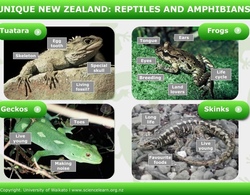
Explore this interactive to learn more about New Zealand’s unique reptiles and amphibians. Move your mouse or finger over any of the labelled boxes and click to obtain more information. Select ...
READ MORE
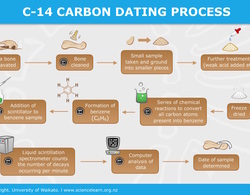
Historical artefacts like moa bones can be dated using a technique that measures the activity of the radioisotope carbon-14 still present in the sample. By comparing this with a modern standard ...
READ MORE

This interactive timeline highlights how students investigating the Oruarangi Stream engaged with the nature of science.
READ MORE